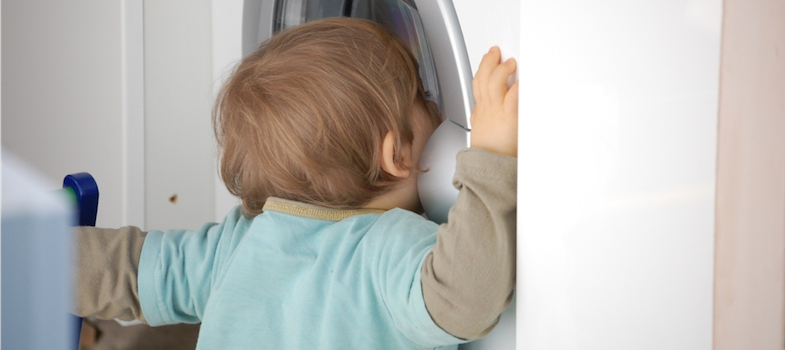Comment on Activity 8.2
Comment
An important issue for Sue seemed to be the child having fun and to watch them doing something which they are enjoying. Play is a primary means by which children are able to express themselves and their interests, but evidently it is something which can be less of a focus than practitioners might wish it to be. Our capacity to engage in the learning opportunities presented by play are frequently curtailed by other priorities in the learning context. For example, the drive to identify and achieve outcomes, “to push the child”, or the need of parents to talk about issues concerning them. It is not perhaps surprising that mention was made of needing to remind oneself of the child-centred nature of practice and the value of fun. This echoed what many practitioners told us during the study with Portage services. Some practitioners reflected that people approach the support of disabled children in a way that forgets that they are children first. Capturing their motivation and interest is essential, as it should be with any child. As one interviewee said:
I think that children with special needs is almost put into a separate box. It then becomes so target driven and you forget that basic essential foundations of learning, which is following a child’s interests.
Others talked about how easy it is to see children as “types” and of thinking “these are the strategies that we'll use”, and how In-the-Picture stopped them from “generalising” the child. There was talk too, of “how little we observe”, that people “fall into the pattern”. People suggested that using In-the-Picture helped them to move beyond their routine practice.
This focus upon patterns of working and thinking (the assumptions and routines which define our relationships), echoes the point made by Rogoff earlier in this section. The things we produce, both form and are formed by our practices. If we forget or overlook the need to focus upon the voice of the child then the voice of the child does not exist within our relationship with them and their family. This was exemplified by a number of interviewees who said they did not try an aspect of In-the-Picture with certain types of children, or children of a particular age or children who would not engage in the right way. The assumption created a self-fulfilled reality. Other practitioners talked about how the presumption of voice challenged their previous assumptions however. Often this required them to be active in ways they had not been before, as researchers, to seek new ways. They did not simply undertake the four perspectives in a prescribed way but challenged themselves to build upon the values which underpinned those perspectives. They engaged creatively with the process. They came up with a different way of doing something and put it to the test.
In Section two we highlighted the idea of giving one-self permission to undertake In-the-Picture. People have talked of it helping them slow down, step back, observe more closely and “tune-in”. Many have mentioned being encouraged to return to the principle of supporting learning through child-lead play and have talked about it in terms of personal and professional development. They have “worried less” about “tick-lists”, even if it is just for 5 minutes. They have talked too of In-the-Picture allowing them to gain information about unexpected influences upon the child and new possibilities; its capacity to trigger questions and discussions; and of sharing moments together with the child and with the family. From a theoretical point of view, it has encouraged them to explore and utilise the relational nature of the learning and support situation in which all are active participants.
Of course, simply by undertaking a new observational approach, it is likely that people are going to feel that they are seeing the world in a refreshed way; and it is easy to fall into new patterns or to import old patterns that quickly become stale or are constraining. In undertaking In-the-Picture therefore it is really important to continuously remind yourself of why you are doing this. It is important to recall its underpinning theory.
In-the-Picture is a tool to help us build upon relationships in the learning situation.
It is about exploring relationships with the child, with the family and the professionals around them.
It is about seeking the child’s voice and reflecting upon that voice, with them and the people around them.
It is about considering what might be.
